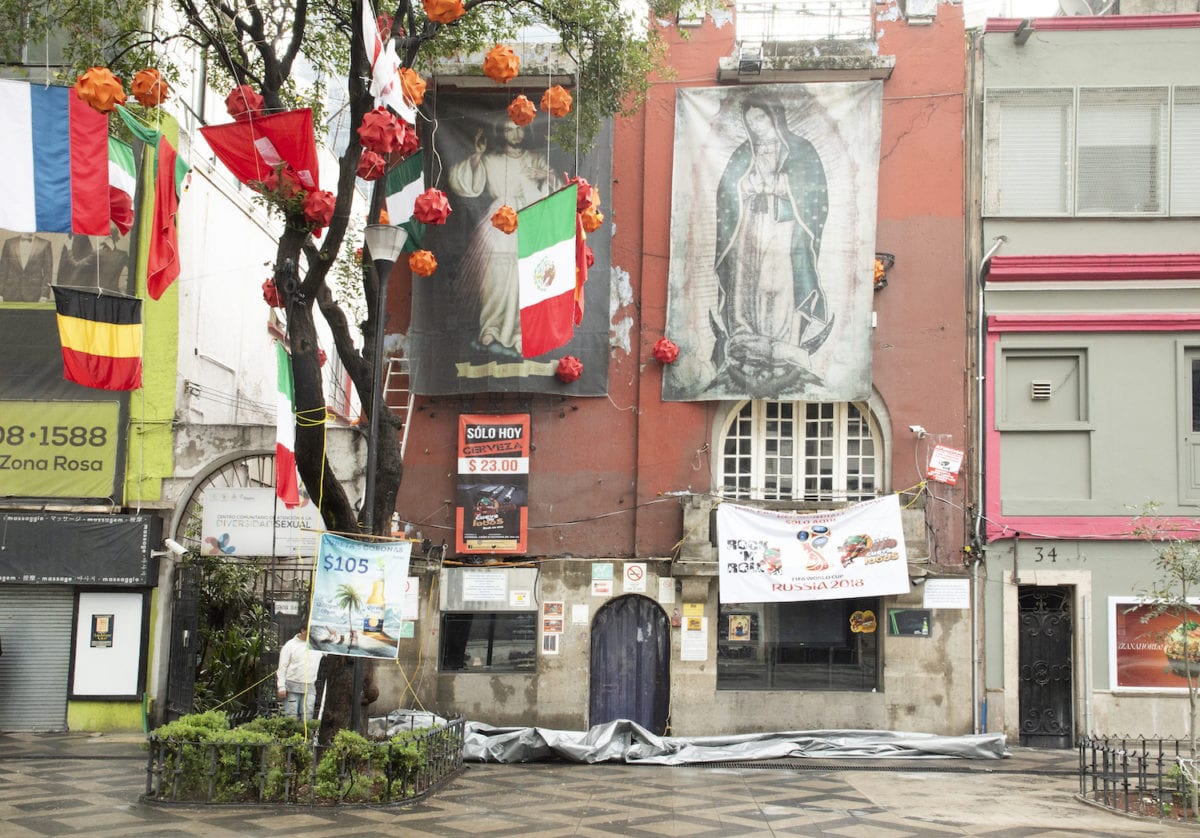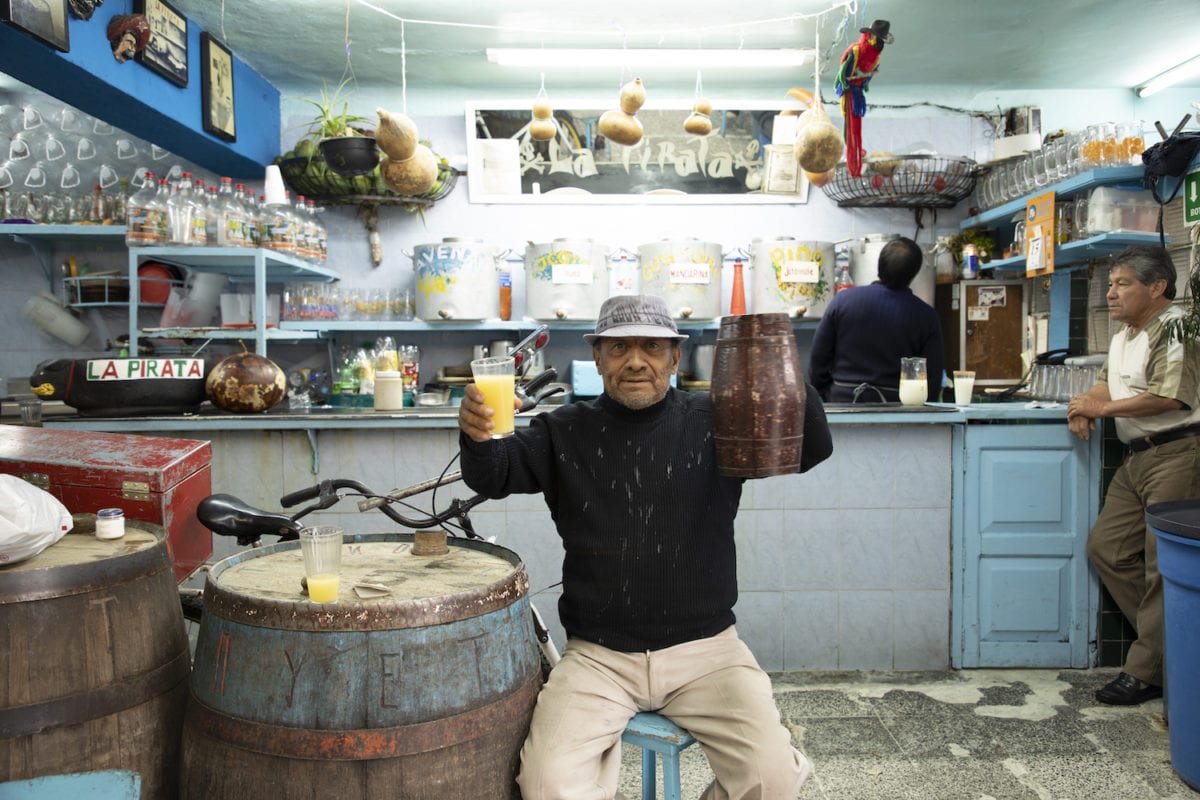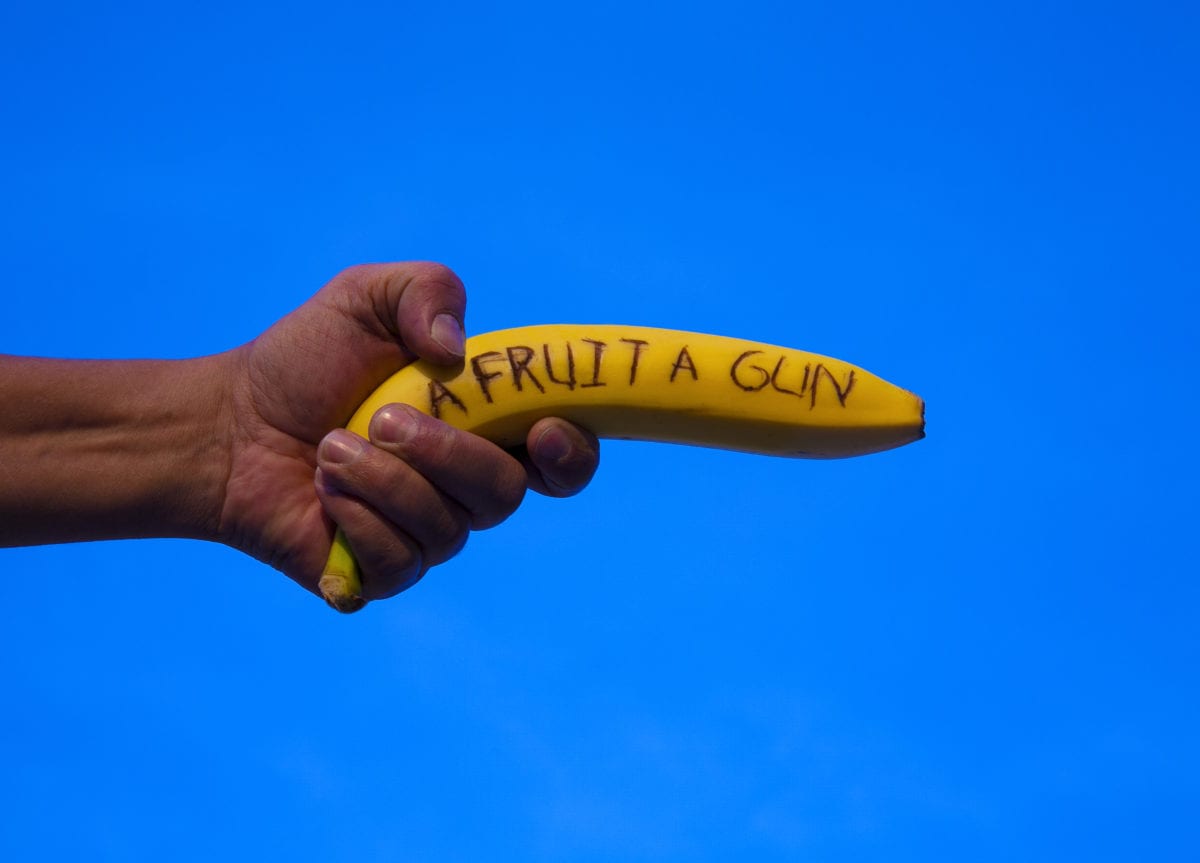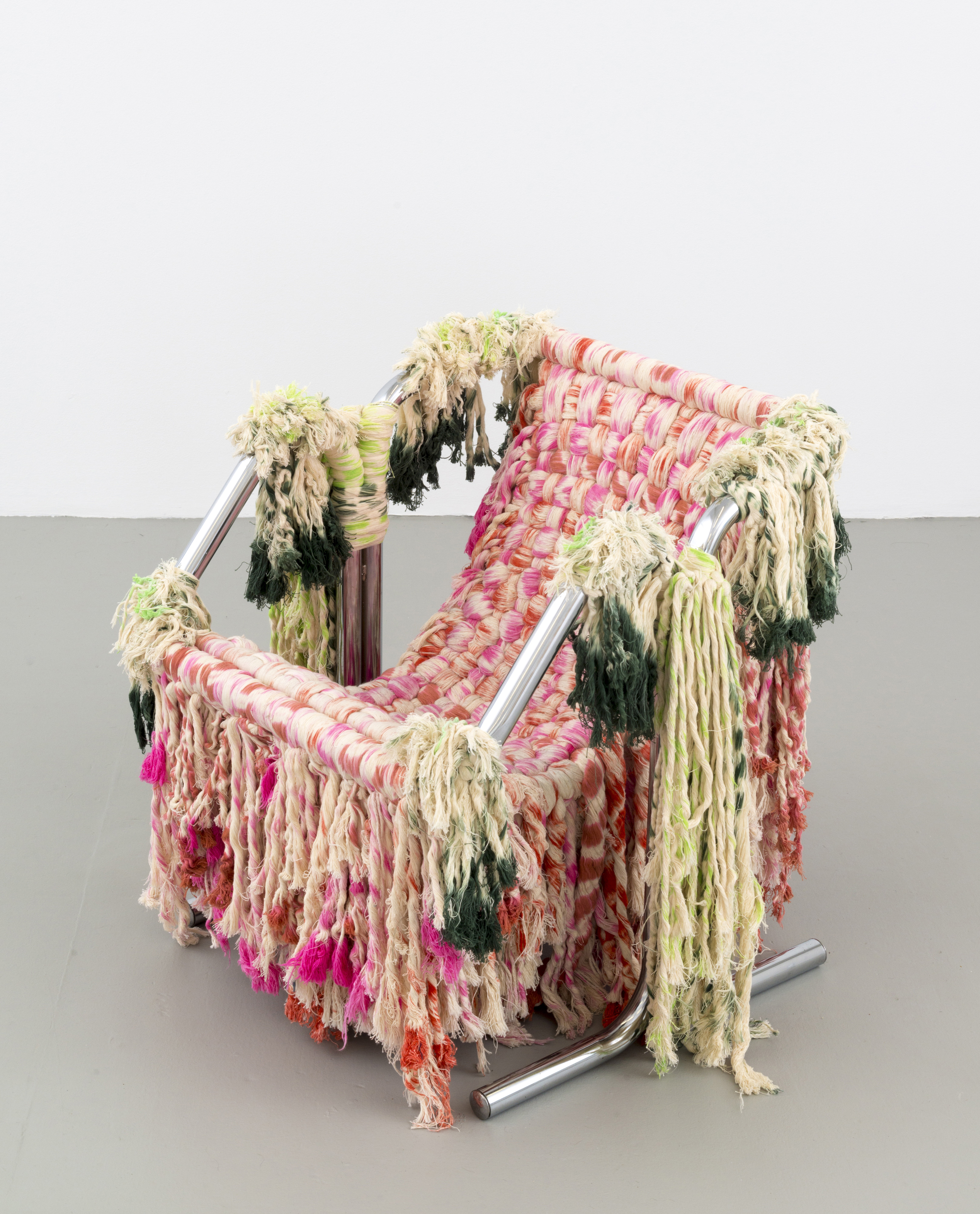
Flying into Mexico City on a clear day, breathtaking views of the volcanoes Popocatépetl and Iztaccihuatl give way to a ring of smaller mountains around the ancient metropolis and you can almost feel a primeval magic emanating from below. Then all at once these peaks vanish and you descend into a brown soup of pollution that cloaks the city of 25 million. On the ground, a jumble of traffic-clogged highways offers vistas of unending urban sprawl, towered over by gigantic billboards. In the hazy sunshine, the sights, smells and sounds of this heaving mass of conurbation invade the senses. Welcome to Mexico City, a maddening, delirious, violent, corrupt, enchanting, generous, incomparable place that becomes more addictive the longer one is exposed to it, as I found when I lived there in the noughties. This habit-forming quality may partly explain its enduring appeal for many Mexican artists and the gathering influx of foreign artists and curators.
Right now the art scene is particularly ebullient. New artist initiatives—crucial to the health of any art ecosystem—are springing up in parallel to the plethora of impressive museums and galleries showing a wide range of contemporary art. A case in point is Salón Silicón, which launched just over a year ago in a former dry cleaners and has a feminist and queer slant to its programme. It joins the ranks of other alternative initiatives such as the four-year-old artists’ project Ladrón (thief in Spanish) and the punkish collective Biquini Wax EPS
, which stages shows, happenings, films and workshops.
“The Mexican nineties generation seized the means of production, exhibition and communication of their work; galleries, museums and collectors were compelled to respond to their growing popularity”
The DIY spirit of these artist collectives is a legacy of the late 1980s and nineties. The artists emerging then commandeered whatever spaces they could in the face of institutional unwillingness to engage with their conceptual work that directly or indirectly addressed sociopolitical issues such as government corruption, neoliberal policies and drug cartel violence. One such space was Temistocles 44, an address in the swanky Polanco neighbourhood where the artists Eduardo Abaroa, Sofia Taboas and Abraham Cruzvillegas mounted exhibitions of work that was not obviously commercial, held seminars and organized publications. La Panadería, run by the artists Yoshua Okón and Miguel Calderón from 1994 to 2002 was another dynamic space in a former bakery that served as a bridge connecting Mexico’s art scene to the wider world. They organized residencies and exchanges with artists abroad and staged provocative shows with Mexican and foreign artists including Minerva Cuevas, Teresa Margolles, Francis Alÿs, Sharon Hayes and Emily Jacir. (Okón has since founded another initiative, Soma, which offers the city’s only postgraduate art programme.)

Also significant in shaping the current scene were the legendary “Friday workshops” held by the artist Gabriel Orozco from 1987 to 1992. These were attended by Cruzvillegas, Damián Ortega, Dr Lakra and Gabriel Kuri and became a crucible of experimentation and dialogue. Influenced by the utopian ideals of the Mexican muralists, Marcel Duchamp and by their surroundings, these artists used everyday materials such as tortillas, corn, cement and leather to express their ideas in poetic sculptures and installations. In the late 1990s, Orozco, a close childhood friend of José Kuri, persuaded him and his partner Mónica Manzutto to form a nomadic gallery to exhibit the work of his peers. Kurimanzutto would become a central pillar of Mexico’s creative panorama, today counting thirty-four Mexican and international artists on its roster.
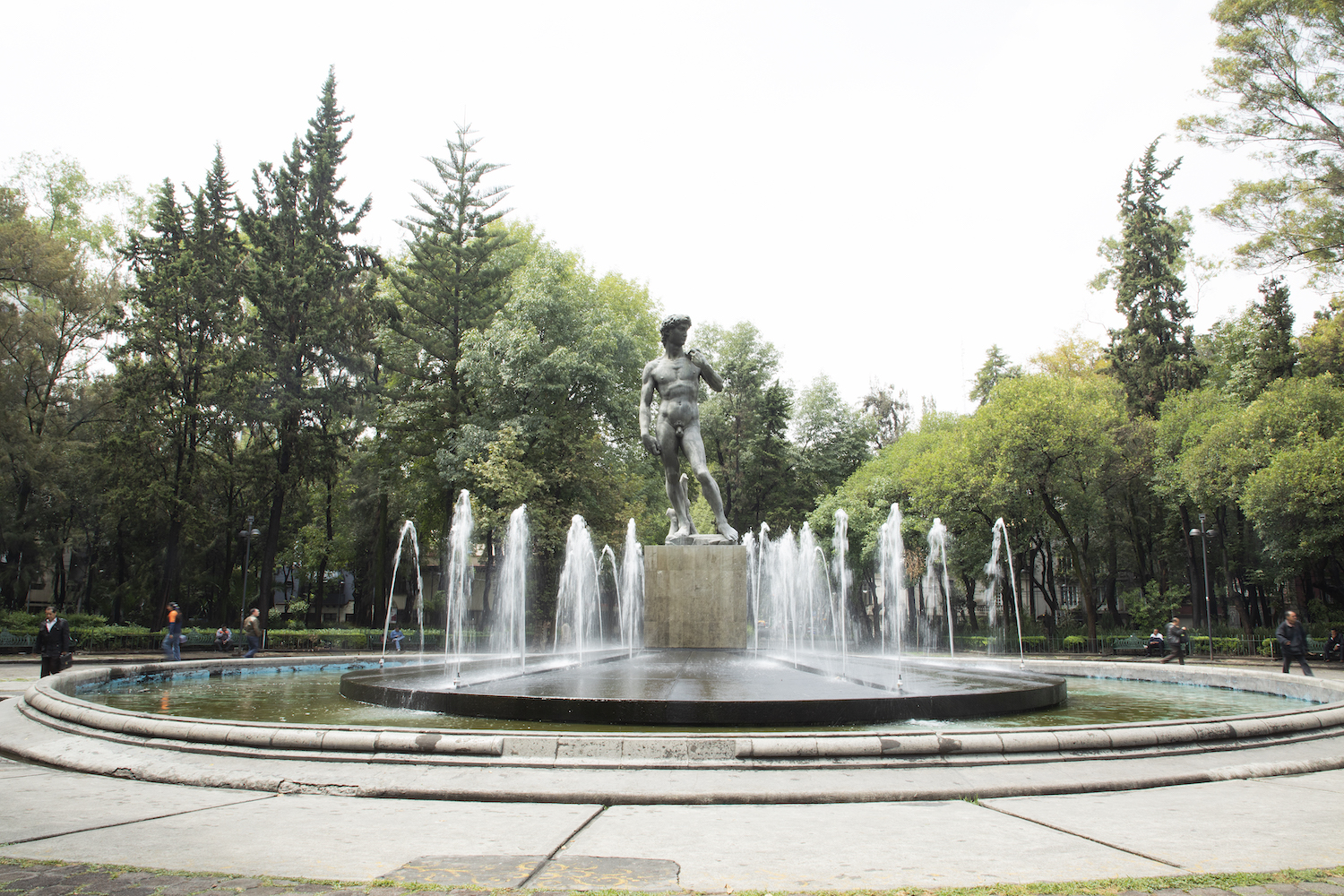
Parallels can be drawn between Kurimanzutto and Jay Jopling’s White Cube, formed in the UK in the early 1990s in response to Damien Hirst’s Young British Artists. Like the YBAs, the Mexican nineties generation seized the means of production, exhibition and communication of their work; galleries, museums and collectors were compelled to respond to their growing popularity and the art landscape was irrevocably transformed in the process.
Largely thanks to Kurimanzutto’s efforts to bring international visibility to its artists, Orozco’s talented generation became the standard bearers for Mexican art. Look at any museum programme in the city, any biennial line-up, and they feature prominently. But the flip side of this success is that it’s become hard for the subsequent generation to make art that deviates from the sociopolitical conceptualist tendency.
However, things are now starting to change with the rise of young artists such as the sculptor Tania Perez Cordova and transgender painter Manuel Solano—both recently selected for the New Museum Triennial as artists to watch and who are more interested in subjective experience and materials than in ideology.
Foreigners have equally pumped fresh blood into the arteries of the scene. Independent US curator Chris Sharp and artist Martin Soto Climent founded a small kunsthalle-type space called Lulu, that is distinguished by its rigorous curatorial programme, intimacy and focus on form and matter. They also have a sense of humour. In a tongue-in-cheek gesture of hubris, they launched a recurring group show called the Lulennial to give exposure to new international talent; this year’s theme was fruit, in a deliberate distancing from the heavy politics of recent biennials.
- Left: Jean-François Boclé, Tout doit disparaître! (Everything Must Go!), Saatchi Col-lection, 2014. Right: Jean-François Boclé, A Fruit a Gun, 2017. Courtesy Maëlle Gallery /Adagp at Zona Maco
Fellow gringo Brett W Schultz, who has run independent spaces in the city for the past ten years, set up the wildly popular Material Art Fair in 2014 to cater to projects that couldn’t afford to participate in Zona Maco, which has mushroomed into Latin America’s biggest art fair since it began in 2002. Another inspiring newcomer is Lodos with its innovative international programme, set up by Mexican artist Francisco Cordero-Oceguera in Chicago and transplanted to Mexico in 2013. In addition to these initiatives, the past decade has seen the opening of slew of galleries and museums—House of Gaga, Labor, Jose Garcia, Karen Huber, the Jumex Museum and the Museo Universitario Arte Contemporáneo
(MUAC), to name a few—all of which are dedicated to promoting Mexican and foreign artists.
“The magnetism of Mexico City lies in its frenetic amalgamation of ancient and modern, poetry and harsh reality”
Of course the Internet has had a massive impact on the city’s art scene, as it has everywhere. Beyond simply expanding exhibiting options, social media has enabled collaborations between like-minded artist communities, creating alternative networks that bypass traditional cultural centres.
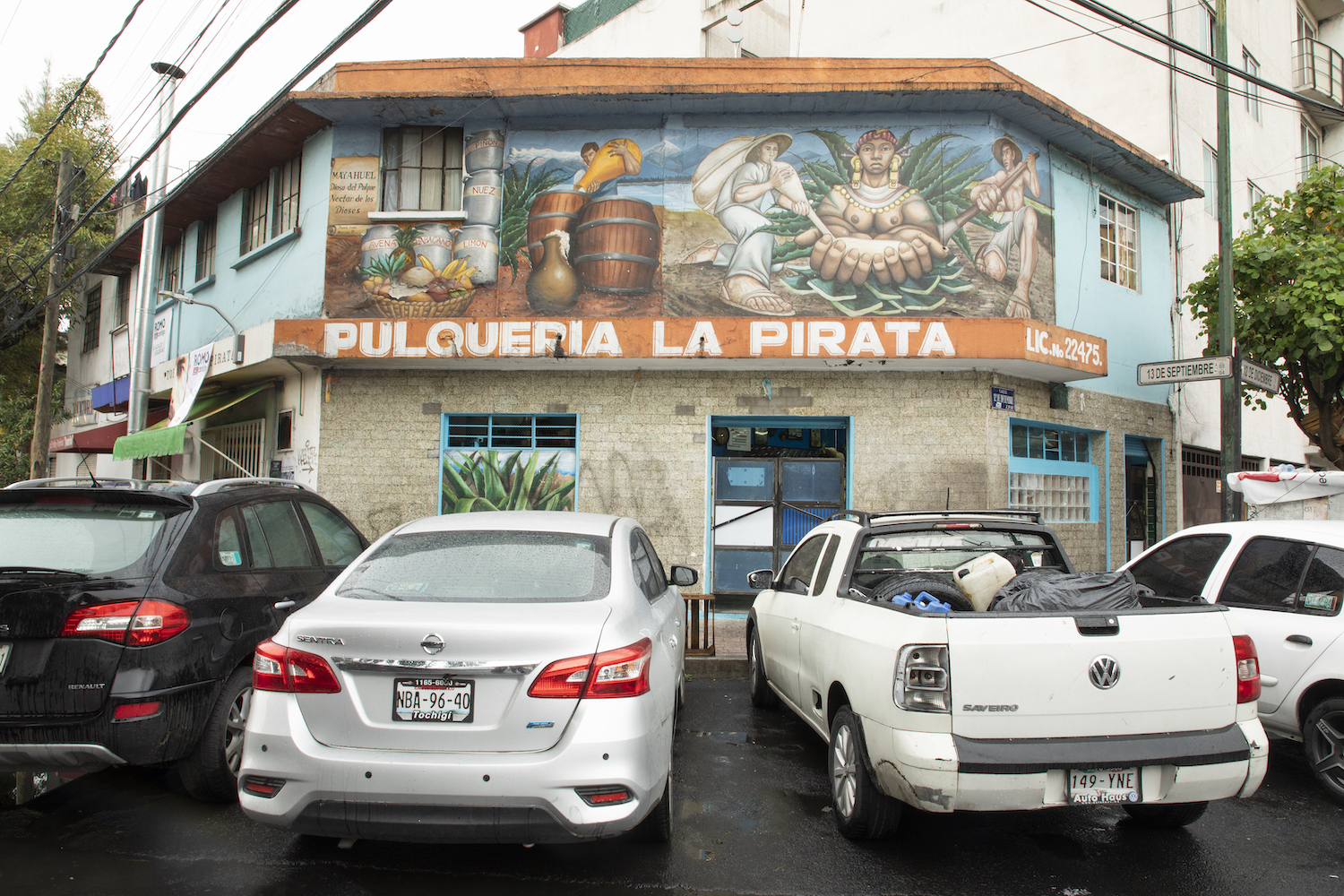
The magnetism of Mexico City lies in its frenetic amalgamation of ancient and modern, poetry and harsh reality. This is a city where Aztec street dancers in feathers and shell anklets vie for attention with homeless children performing acrobatics at traffic lights; the tamale peddler’s nasal recorded cries clash with out-of-tune organ grinders and blaring megaphones of vendors plying their wares. This pulsating energy is reflected in Mexico City’s rich art landscape and in the snapshot offered by the conversations on the following pages.
